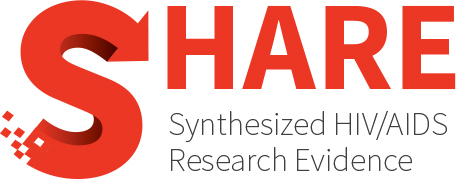Child-rearing practices of primary caregivers of HIV-infected children: An integrative review of the literature
Abstract
The number of human immunodeficiency virus (HIV)-infected children has increased because of the HIV and acquired immunodeficiency syndrome epidemic. Yet little is known about the child-rearing practices of these children’s primary caregivers. The purpose of this article is to describe what is known about the child-rearing practices of primary caregivers of HIV-infected children. The review covers a 10-year period from 1990 to 2000. Three electronic bibliographic databases (MEDLINE, CINAHL, and AIDSLINE) were explored. Key words used were HIV-positive children, caregivers, and child-rearing. A total of 50 papers were examined. Using the Matrix Method, each paper was evaluated according to five frames of reference: journal, purpose, sample, method, and findings. Content analysis was used to identity salient themes. Themes that emerged were: caregiver, child, and interactions or child-rearing practices. These findings affirm the parent-child interaction model generated by Kathryn E. Barnard and support this framework as a tool for investigating the relationships between these children and their caregivers.
Authors
Klunklin P, Harrigan RC
Year
2002
Topics
- Determinants of Health
- Education
- Social support
- Other
- Population(s)
- Children or Youth (less than 18 years old)
- Engagement and Care Cascade
- Treatment
